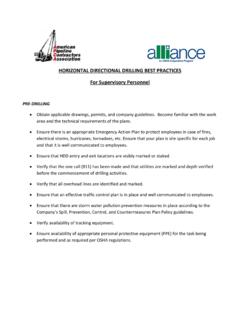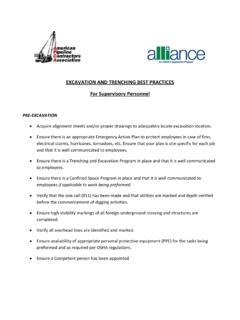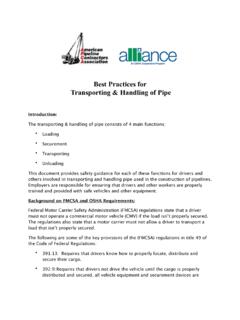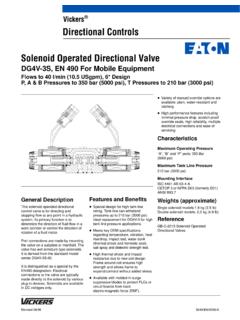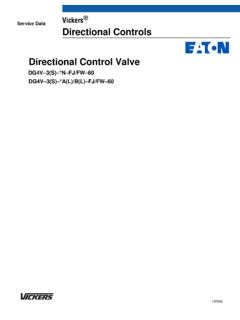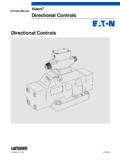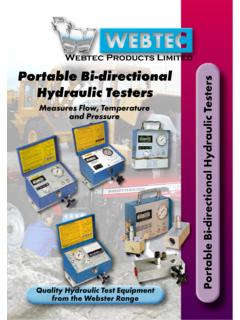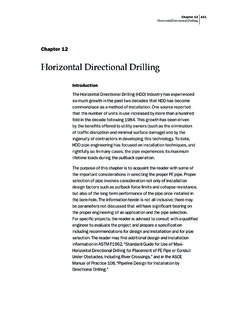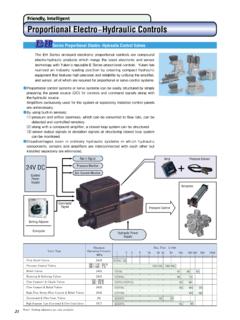Transcription of HORIZONTAL DIRECTIONAL DRILLING BEST PRACTICES For …
1 HORIZONTAL DIRECTIONAL DRILLING best PRACTICES For Operators PRE DRILLING The operator should read, understand, and follow the operator's manual. The operator should become familiar with the work area. Wear appropriate personal protective equipment (PPE) as required by the task being performed and as required per OSHA regulations. Ensure that a competent person is on site. When refueling, bond the supply tank with the fuel tank to prevent static discharge and possible fire. Verify that all overhead power lines in the DRILLING area have been marked.
2 Conduct a walk around inspection checking all fluids and noting any items needing maintenance and repair. Ensure all critical repairs are performed before operation. Make sure all warning labels are legible. Those not legible must be cleaned or replaced. Remove debris and clutter in the cab that would prevent safe operation. Verify operation and accuracy of tracking equipment. Use 3 points of contact to enter the machine. Get on the machine only at locations that have steps and/or handholds. If the machine has none, advise your supervisor immediately.
3 Do not use any controls as handholds when entering or exiting the operator compartment. Check to ensure the seat belt is operational. Always use the seat belt when operating the piece of equipment. Check that controls are in proper settings before starting the machine. DRILLING Perform all operations in compliance with OSHA, EPA, DOT, and any other regulatory agency's guidelines. Only qualified personnel shall operate equipment. A qualified person through knowledge, skills, and experience has demonstrated their ability to operate the equipment.
4 Verify that the one call (811) has been made and that utilities are marked and depth verified before the commencement of DRILLING activities. Set up equipment maintaining the minimum requirement of clearance between the equipment and facilities. The competent person shall appoint a spotter if there are overhead power lines, underground utilities, or tight working conditions in the work area. The DRILLING operator shall be in charge of the controls at all times during the equipment operation. The DRILLING operator shall maintain clear communications with all necessary personnel.
5 Only approved methods and equipment shall be used to connect or disconnect components from the DRILLING system. Maintain a safe work area around the entry and exit points. All unnecessary personnel shall be prohibited from the work area. POST DRILLING Any open excavation shall be protected from unauthorized entry. Protect any exposed ends of pipe if necessary from foreign materials. After DRILLING , properly dispose of materials as necessary. Notify your supervisor upon completion of the authorized work. Through OSHA's Alliance Program, this best PRACTICES document was developed as a product of the OSHA and American Pipeline Contractors Association Alliance for informational purposes only.
6 It does not necessarily reflect the official views of OSHA or the Department of Labor. 02/08
